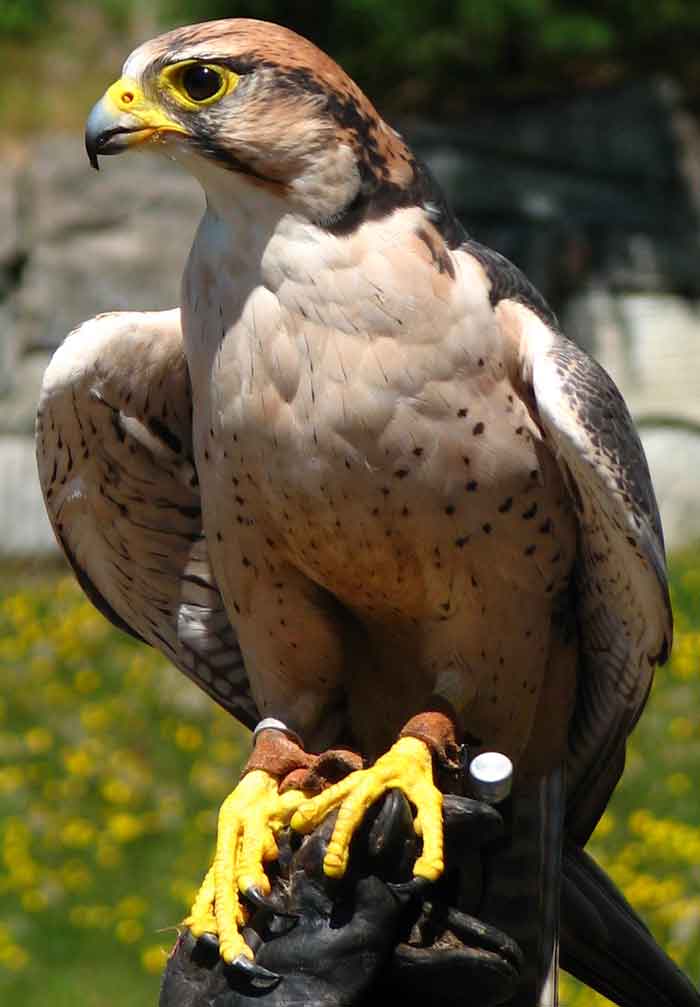Falco biarmicus (*) Cladus: Eukaryota Name Falco biarmicus Temminck, 1825 Reference Nouveau recueil de planches coloriées d'oiseaux livr.55 pl.324,text Vernacular names
Source: Wikispecies: All text is available under the terms of the GNU Free Documentation License |
|

